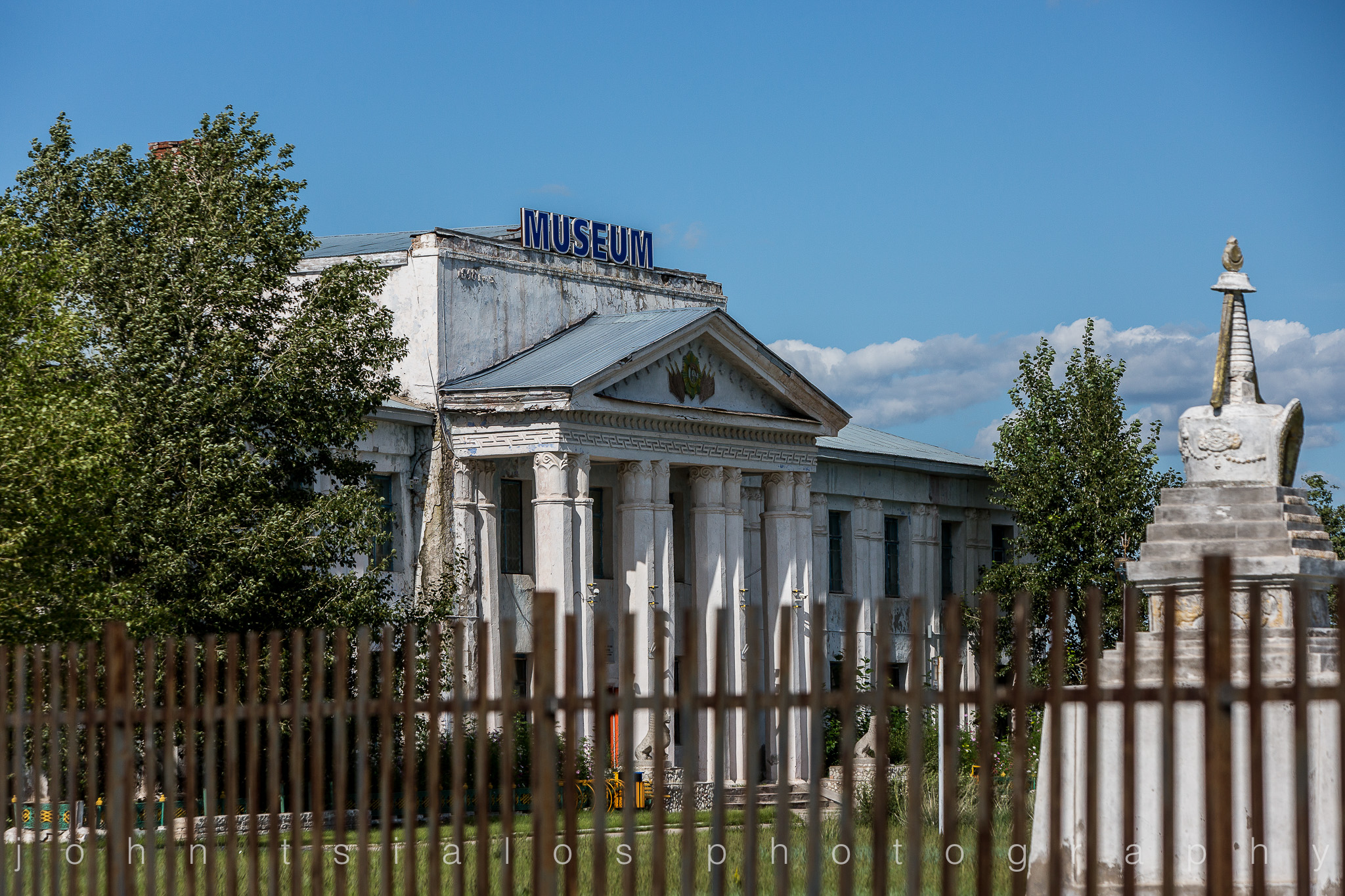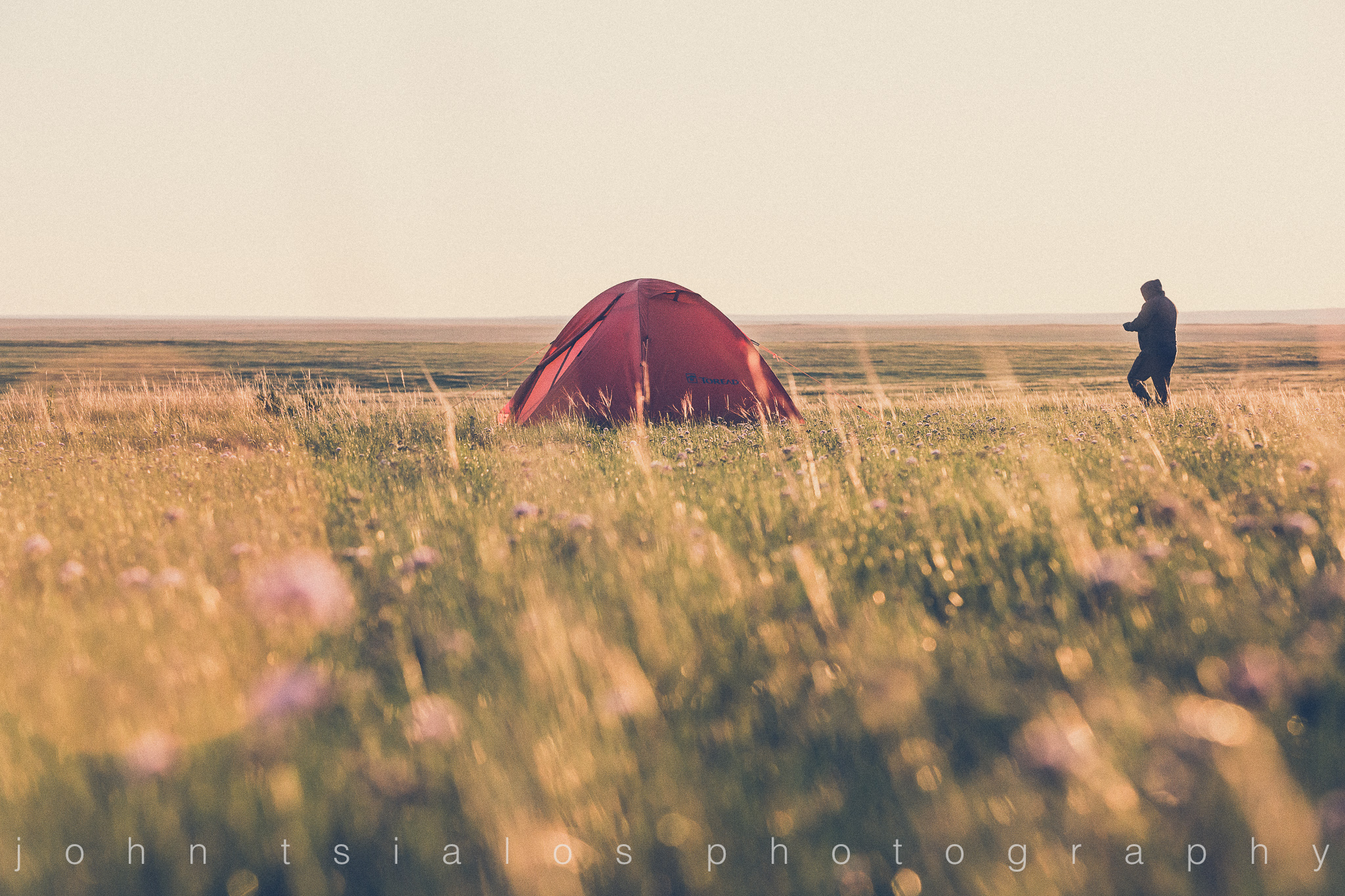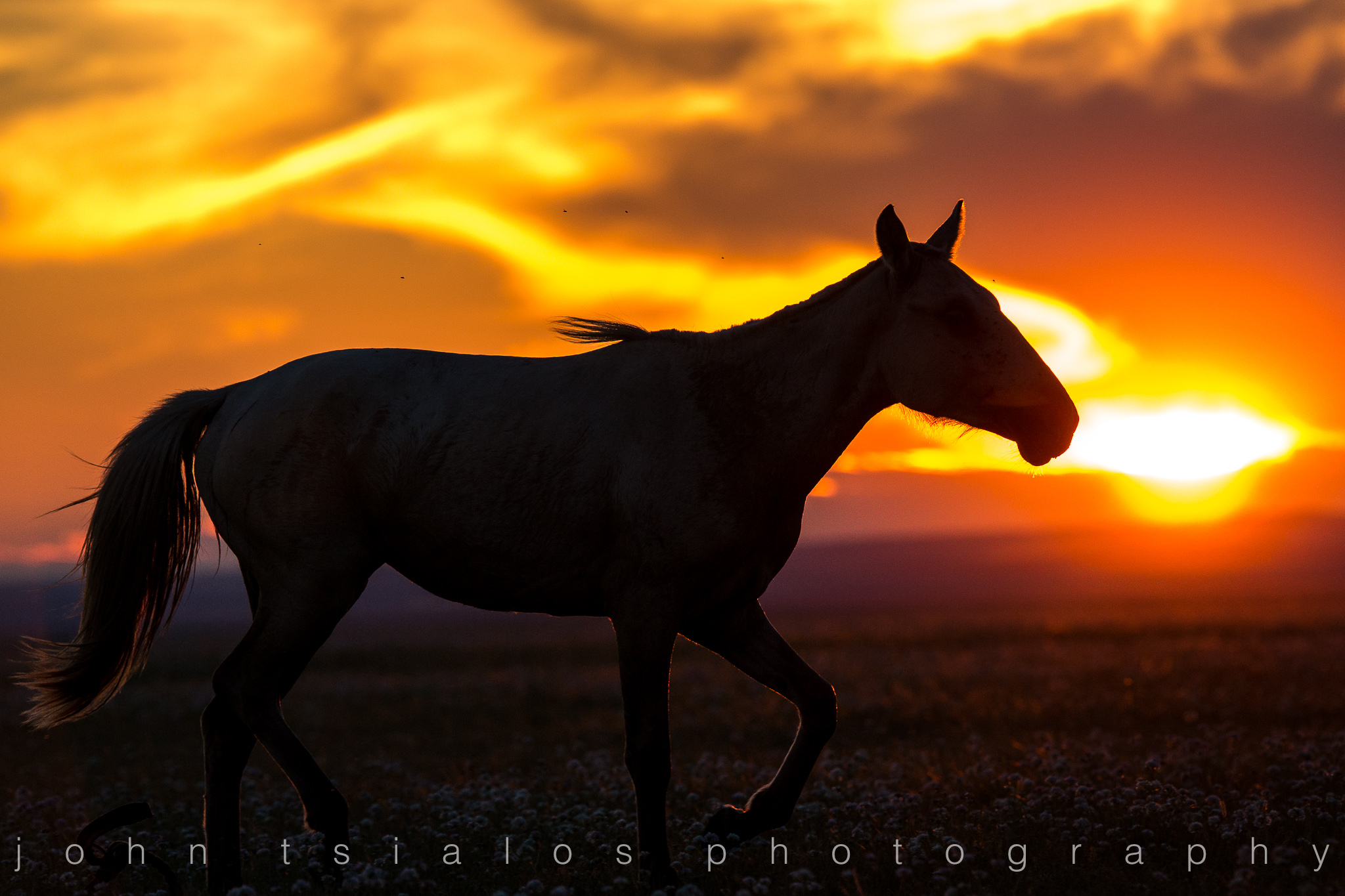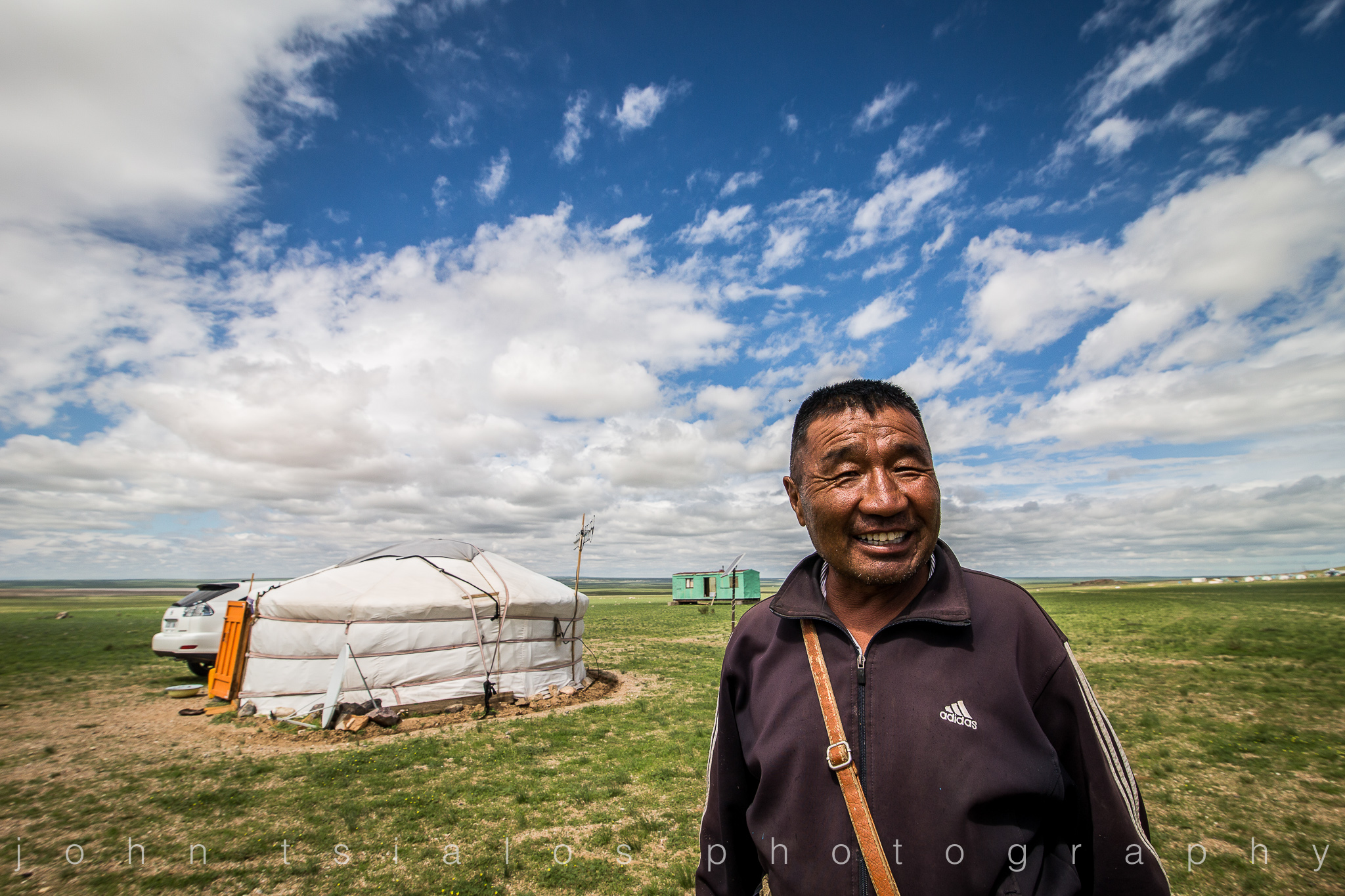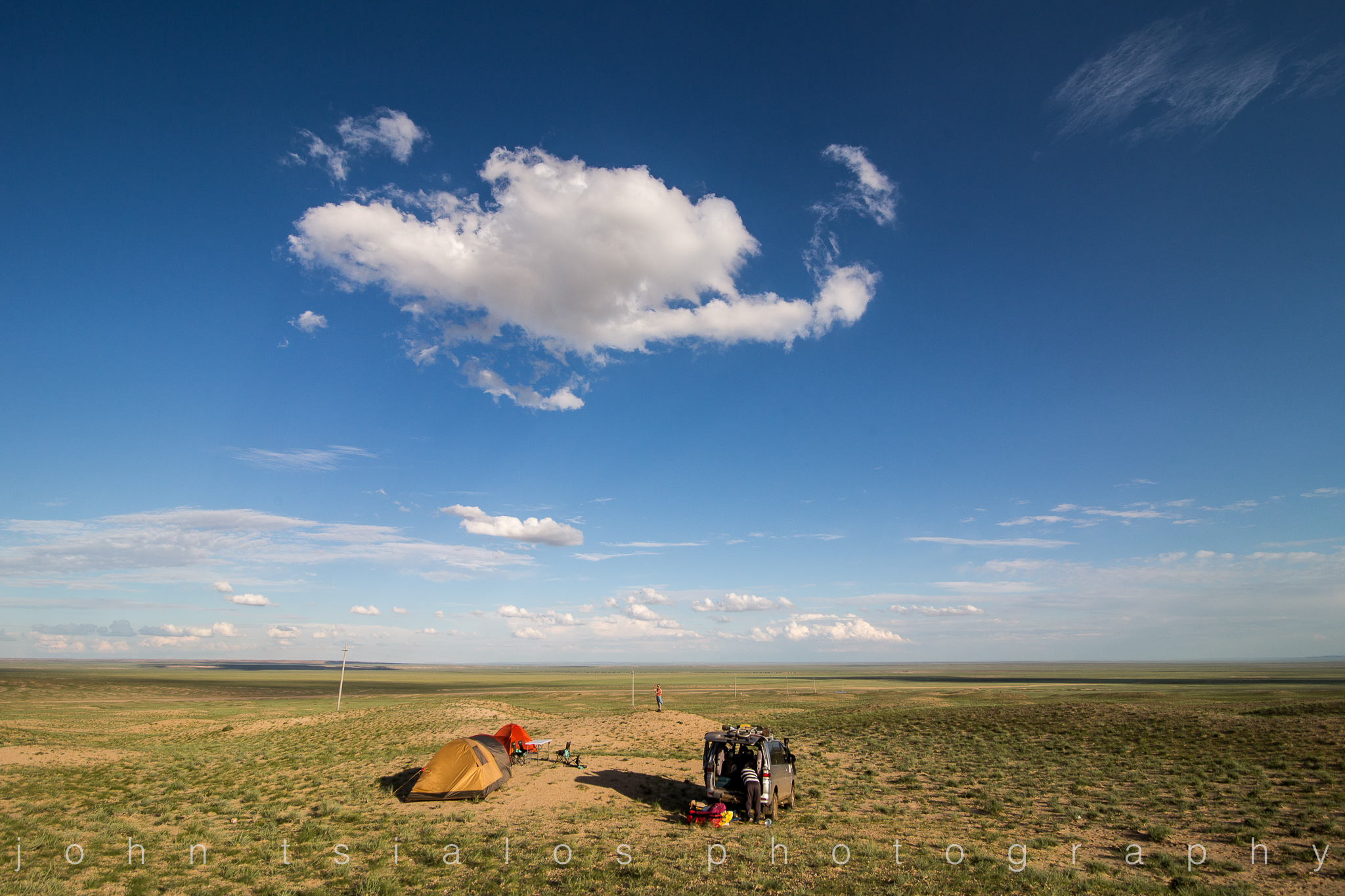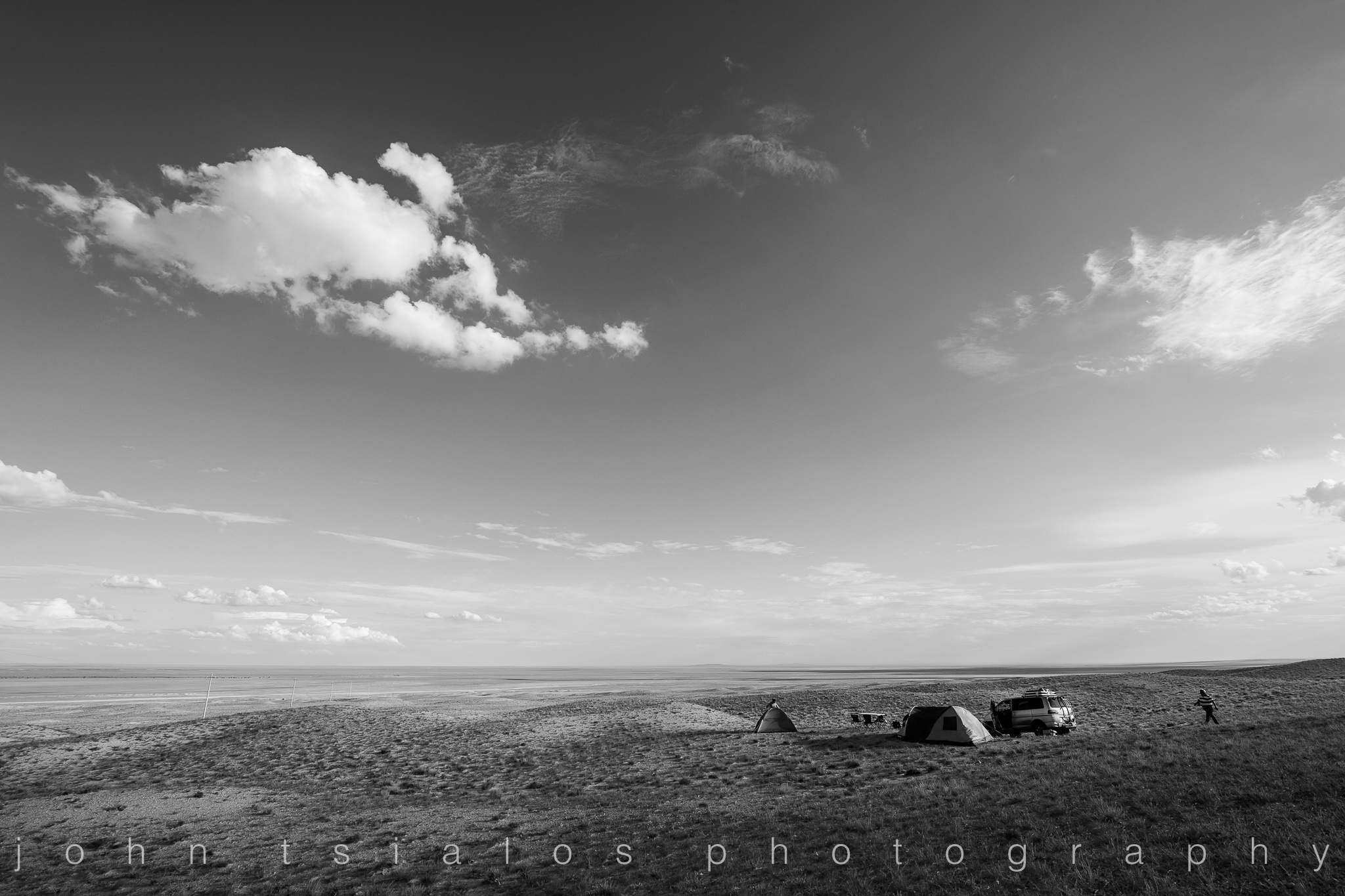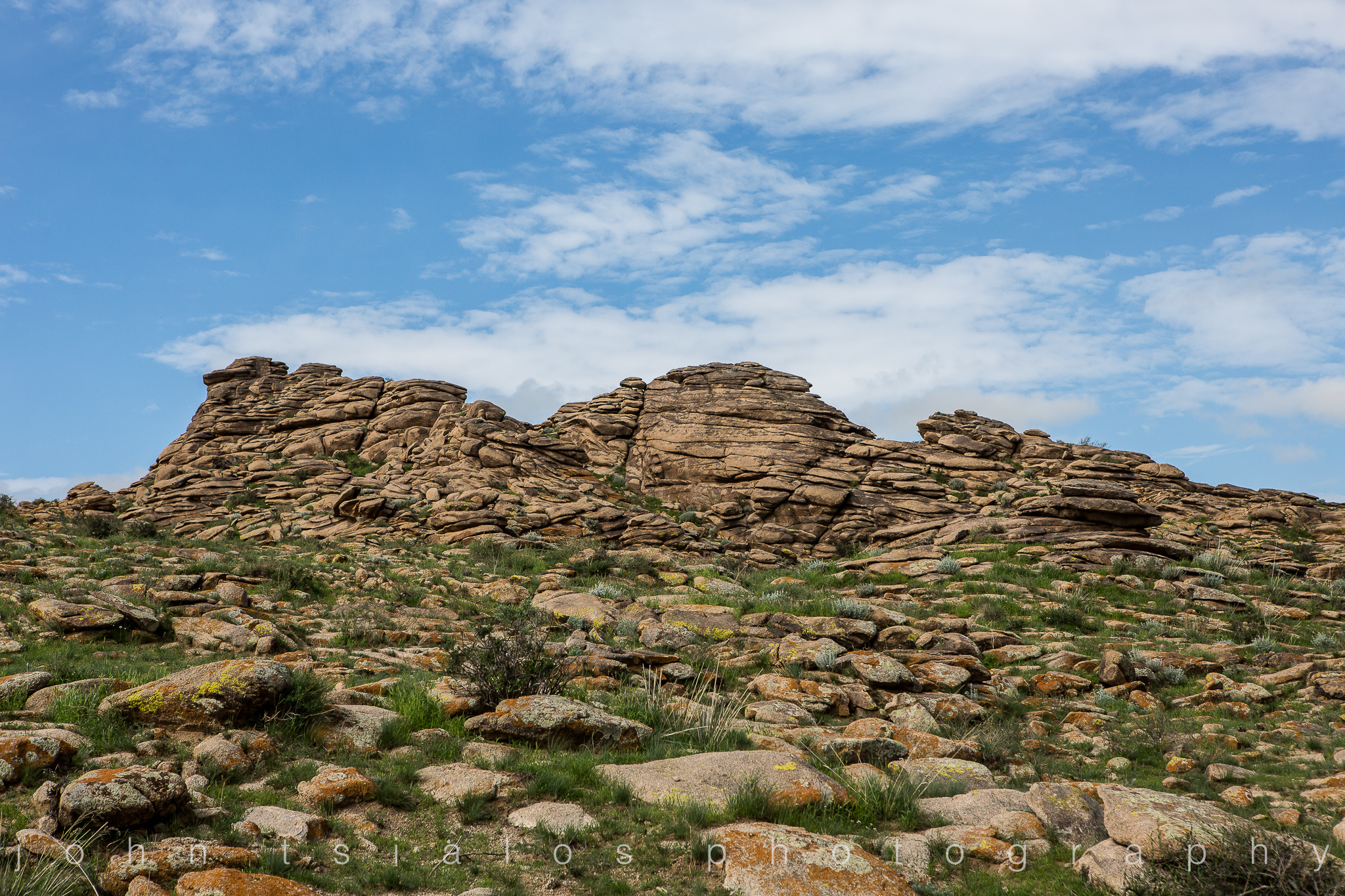Chinggis Khan Staue Complex and Tereij National Park
Today is the last day of our Eastern Mongolian adventure and the road back to Ulaanbaatar is one that is well worn. As we join the highway again and approach the touristy Chinggis Khan Statue Complex we realise the extent of beauty and remoteness we have left behind. We climb the statue to get some photos and quickly escape the crowds to Tereij National park.
Tereij is a day trip destination from Ulaanbaatar and hence there are many visitors and accommodation options. We spend some time around Turtle rock, an impressive large rock formation. We explore Gunjiin Sum, which is surrounded by beautiful forest within a rocky valley. The path to the monastery is lined with mantras and makes a very enlightening walk. We have lunch at a cheerful roadside vendor and head back to Ulaanbaatar.
We arrive back at the Guesthouse and rest up before rejoining the world. It has been an unbelievable 16 days. With a combination of camping and very limited facilities, the East is great for the adventurous traveler who loves being with nature and wants to experience the real Mongolian nomadic life and land.
by Ourania Bolis










































































